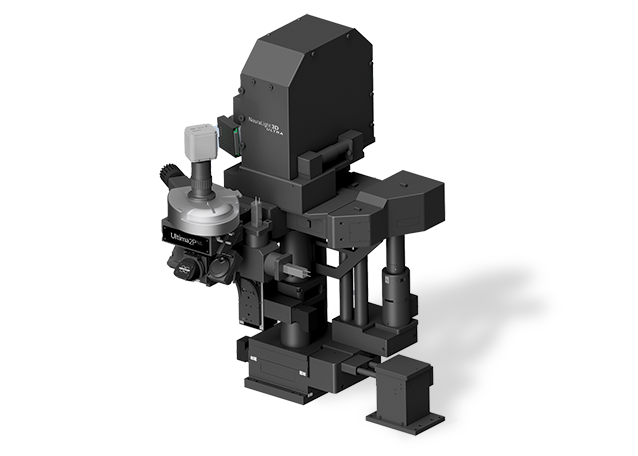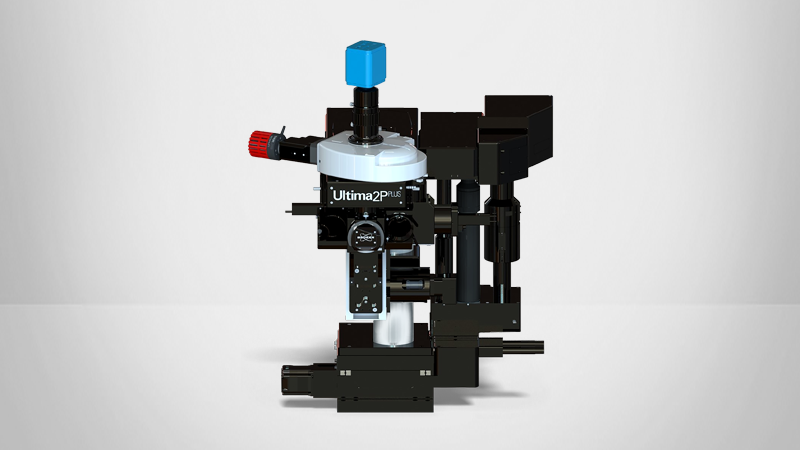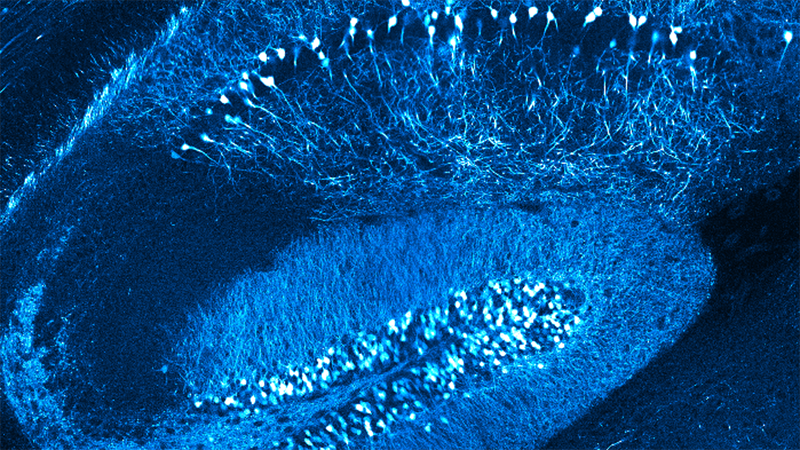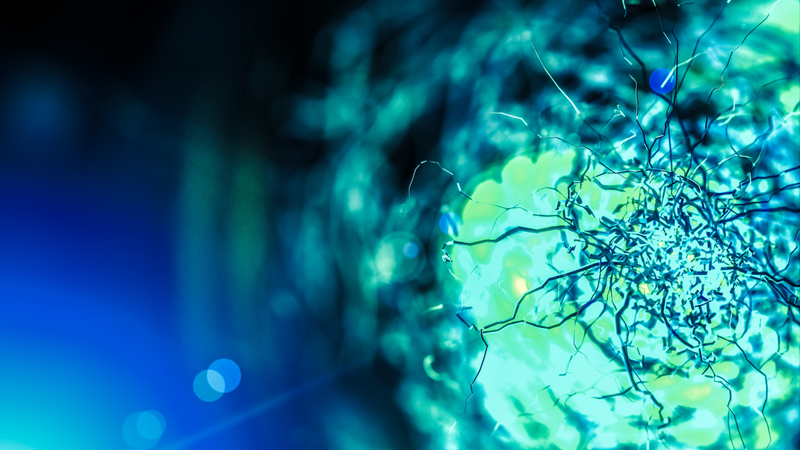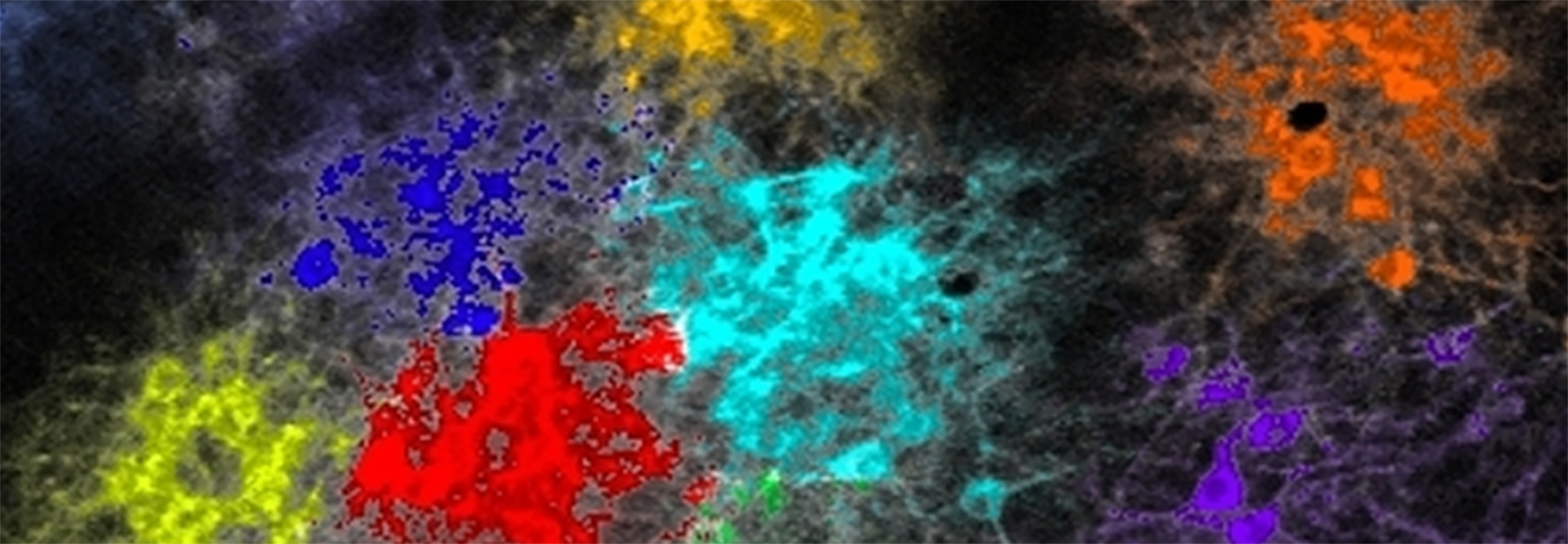

All-Optical Interrogation of Neural Circuits
Learn the strengths and limitations of two-photon optogenetic photostimulation for neuroscience research.
Gain first-hand insights into how multiphoton microscopy is uniquely suited to study complex spatiotemporal dynamics in the brain. Dr. Adam Packer discusses how his team used Bruker’s 2Pplus with NeuraLight 3D for two-photon optogenetic photostimulation and uncovering causal links between neuronal activity and behavior.
Presenter's Abstract
Neural circuits display complex spatiotemporal patterns of activity on the millisecond timescale during behavior. Understanding how these activity patterns drive behavior is a fundamental problem in neuroscience and remains a major challenge due to the complexity of their spatiotemporal dynamics. The ability to manipulate activity in genetically defined sets of neurons on the millisecond timescale using optogenetics has provided a powerful new tool for making causal links between neuronal activity and behavior.
I will discuss novel approaches that combine simultaneous two-photon calcium imaging and two-photon targeted optogenetic photostimulation with the use of a spatial light modulator (SLM) to provide an "all-optical" readout and manipulate of the same neurons in vivo. This approach enables the reading and writing of activity in neural circuits with single-cell resolution and single action potential precision during behavior. I will describe the power, limitations, and future potential of this approach; and discuss how it can be used to address many important problems in neuroscience, including transforming our search for the neural code and the links between neural circuit activity and behavior.
This webinar was presented on July 25, 2020.
Find out more about the technology featured in this webinar or our other solutions for Fluorescence Microscopy:
Guest Speaker
Dr. Adam Packer
Wellcome Trust Sir Henry Dale Fellow, University of Oxford
Dr. Packer has over 15 years of experience designing, building, and optimising multiphoton microscopes to expand their capabilities, with specific expertise in optogenetics, calcium imaging, multi-cell targeted photostimulation, digital holography, and software development. He studied neuroscience and biomedical engineering at MIT before completing a PhD at Columbia University with Dr. Rafael Yuste. As a Marie Curie Fellow at University College London in Dr. Michael Häusser’s lab, Adam developed a new approach using two-photon imaging and optogenetics to both readout and manipulate neural circuit activity in vivo. He has a strong interest in technology dissemination and accessibility, with a track record of combining experimental, computational, and theoretical approaches to design experiments and analyse data to understand structure and function in neural circuits. His research group is based at University of Oxford and uses all-optical interrogation techniques he has helped pioneer to investigate neural coding principles in behaving animals.
